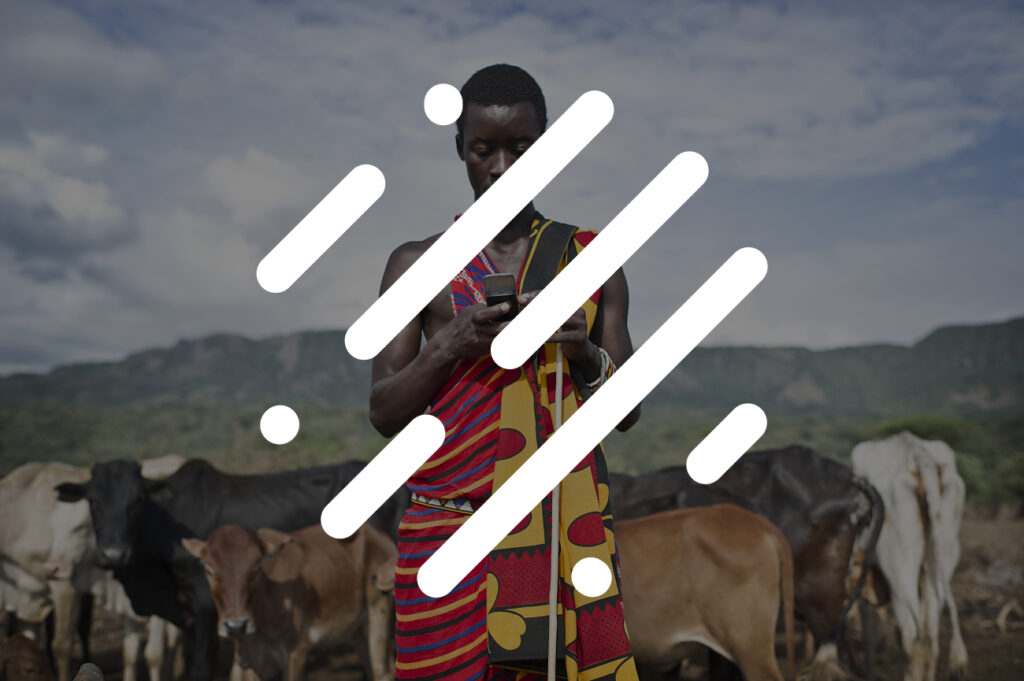
A. Power Supply
Due to the fact that things move around and are not connected to a power supply, their smartness needs to be powered from a self-sufficient energy source. Most batteries and power packs are either to heavy, thereby making the entire system bulky or they have a short lifespan and require frequent replacement or charging. Unfortunately, battery technology is making relatively slow progress, and “energy harvesting”, i.e. generating electricity from the environment (using temperature differences, vibrations, air currents, light, etc.), is not yet powerful enough to meet the energy requirements of current electronic systems in many application scenarios.
Hopes have been cast on future low power processors and communications units for embedded systems that can function with significantly less energy. There are already some battery-free wireless sensors that can transmit their readings a distance of a few meters. Like RFID systems, they get the power they require either remotely or from the measuring process itself, for example by using piezoelectric or pyro electric materials for pressure and temperature measurements.
Solar energy is set to become the biggest trend. Installing slim and transparent solar panels on phones, cars and even buildings has already started providing consumers to keep going without ever having to worry about looking for the nearest plug. Other technologies are being explored: for example, British company Perpetuum uses electromagnetic energy to recharge devices. Thermal and RF are also being introducing to power devices and stretch batteries’ lives. WiFi based sensors have too been developed to run on 2xAA batteries for over a year. Recently, researchers at ETH Zurich University developed a new type of glass material that has the properties to double a smartphone battery life.
The energy puzzle is not complete without Central Processing Units (CPUs). The processing units are being pushed to a limit and need to be investigated further. CPU consumption got heightened by the rising number of IoT enabled devices signaling and sending data between one another.
B. High Poverty Rate
IoT uses technology to connect physical objects to the internet. For IoT adoption to grow in Africa, the cost of components that are needed to support capabilities such as sensing, tracking and control mechanisms need to be relatively inexpensive in the coming years. Gartner has forecast that most technology components such as radio, WiFi, sensor and GPS, could see a drop in cost of 15% to 45% from 2010 to 2020. The trend forecast by Gartner could incentivize organizations to pursue opportunities in IoT in the next one to three years .
C. Network Capacity Constraints
With convergences brought about by connected machines and smart mobile devices, there is an increasing demand for network infrastructure to support these data “hungry” devices with a certain level of expected QoS. New mobile applications that perform contextual-aware services may require frequent bursts of small blocks of data for updating and synchronizing.
The issue of limited network capacity has prompted many global operators to develop initiatives that leverage technologies in unlicensed spectrum such as whitespace and increase the use of WiFi to offload mobile data traffic for wireless usage.
D. Illiteracy
There has been significant progress in increasing adult literacy rates across Sub-Saharan Africa in recent years. Despite these advances, around 37% of the adult population still lack basic literacy skills, equivalent to over 170 million people. In addition to basic literacy, digital literacy—the ability to effectively and critically navigate, evaluate and create information using a range of digital technologies—is also significantly lacking amongst the population in the region and must be addressed.
Also, there needs to be adequate user education on privacy and security of their “things”. This will involve understanding how to issue permissions and access to their connected “things”.
E. Lack of Local Content
The vast majority of digital content and mobile applications and services accessible across Sub-Saharan Africa have been developed in more advanced markets. There has been little or no customization in terms of either the content or the languages available online. However, some localization approaches are now emerging.
F. Low Internet Penetration Rate
With an internet penetration rate of 16% in Africa and eight out of the 10 countries having the world’s lowest internet access rates, there are major barriers to the adoption of the IoT. However, there is clear growth potential. Consulting firm McKinsey estimates that by 2025 Africa will have tripled internet penetration to over 50%, or around 600m people, and as it does not have the same extensive infrastructure as Western countries, it can adapt its cities for IoT solutions more easily.
G. Interoperability and Standards
Different industries today use different standards to support their applications. With numerous sources of data and heterogeneous devices, the use of standard interfaces between these diverse entities becomes important. If manufacturers are to realize the promise and potential of IoT, it is critical that the billions of things that make up IoT are able to connect and interoperate. Only through common frameworks based on truly open industry standards can secure reliable interconnections and shared information in IoT be achieved. It is with that goal in mind that organizations such as the Open Interconnect Consortium (OIC) and Industrial Internet Consortium (IIC) have been established.
H. Data Management
Without data there is no IoT. Data is the petrol of this industry and it needs to be kept safe and managed to ensure users benefit from everything IoT, M2M and other services have to offer. In a world where everything is connected, there will be large chunks of data turned out per second accompanied with the risk of being misused, stolen, as well as services providers not being able to cope with its enormity. Currently, Big Data solutions by companies like MySQL and Hadoop, deal with scale, capacity and processing tasks. In connection with other companies like Several nines, software management is becoming ever easier. But the big challenge lies at the heart of IoT: so far IT has not had to deal with a unique dataset on its own. Current data makes it to databases the same way unstructured data does. Joe Skorupa, Gartner’s vice president provided a solution by saying that Data centre operations and providers will need to deploy more forward-looking capacity management platforms that can include a data center infrastructure management (DCIM) system approach of aligning IT and operational technology (OT) standards and communications protocols to be able to proactively provide the production facility to process the IoT data points based on the priorities and the business needs.
I. Security Issues in IoT
As the IoT becomes a key element of the Future Internet and a critical national/international infrastructure, the need to provide adequate security for the IoT infrastructure becomes ever more important. Large-scale applications and services based on the IoT are increasingly vulnerable to disruption from attack or information theft and the consequences could be severe. For example, a smart meter—one which is able to send energy usage data to the utility operator for dynamic billing or real-time power grid optimization—must be able to protect that information from unauthorized usage or disclosure. Information that power usage has dropped could indicate that a home is empty, making it an ideal target for a burglary or worse .
Required measures in several areas to make the IoT secure from those with malicious intent, include:
• DoS/DDOS attacks are already well understood for the current Internet, but the IoT is also susceptible to such attacks and will require specific techniques and mechanisms to ensure that transport, energy, city infrastructures cannot be disabled or subverted.
• General attack detection and recovery/resilience to cope with IoT specific threats, such as compromised nodes, malicious code hacking attacks – Cyber situation awareness tools/techniques will need to be developed to enable IoT-based infrastructures to be monitored. Advances are required to enable operators to adapt the protection of the IoT during the lifecycle of the system and assist operators to proactively take the most appropriate protective action during attacks.
• Access control and associated accounting – these are necessary IoT schemes to support the various authorization and usage models that are required by users. The heterogeneity and diversity of the devices/gateways that require access control will require new lightweight schemes to be developed.
• Machine Learning – The IoT needs to handle virtually all modes of operation by itself without relying on human control. New techniques and approaches are required to lead to a self-managed IoT.
J. Privacy Issues
In IoT As much of the information in an IoT system may be personal data, there is a requirement to support anonymity and restrictive handling of personal information. Users should be equipped with necessary tools that allow them to define the policies for sharing their personal data with authorized persons and applications.
There are a number of areas where advances are required:
• Cryptographic techniques that enable protected data to be stored processed and shared, without the information content being accessible to other parties. Technologies such as homomorphic and searchable encryption are potential candidates for developing such approaches.
• Techniques to support Privacy by Design concepts, including data minimization, identification, authentication and anonymity. • Fine-grain and self-configuring access control mechanism emulating the real world.



